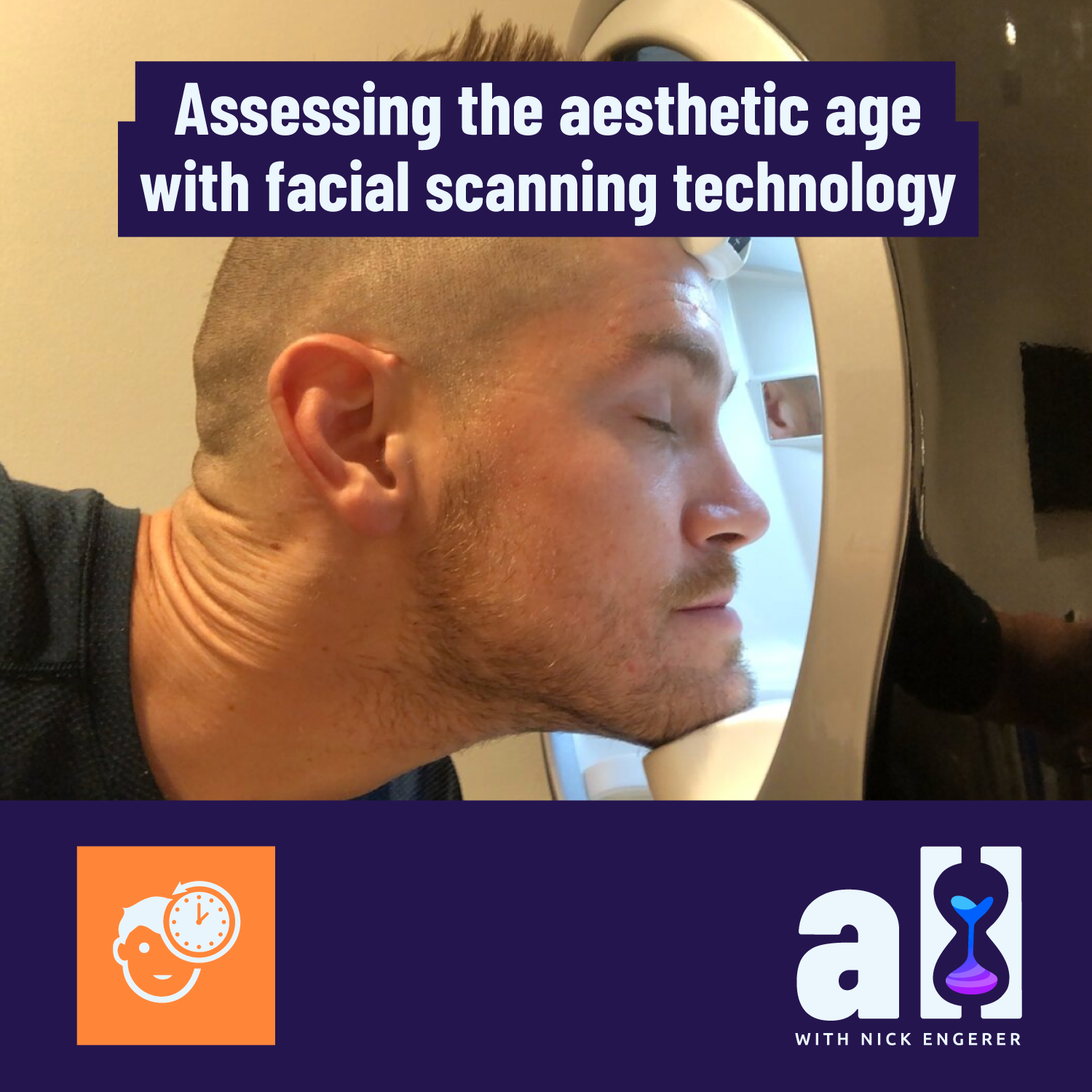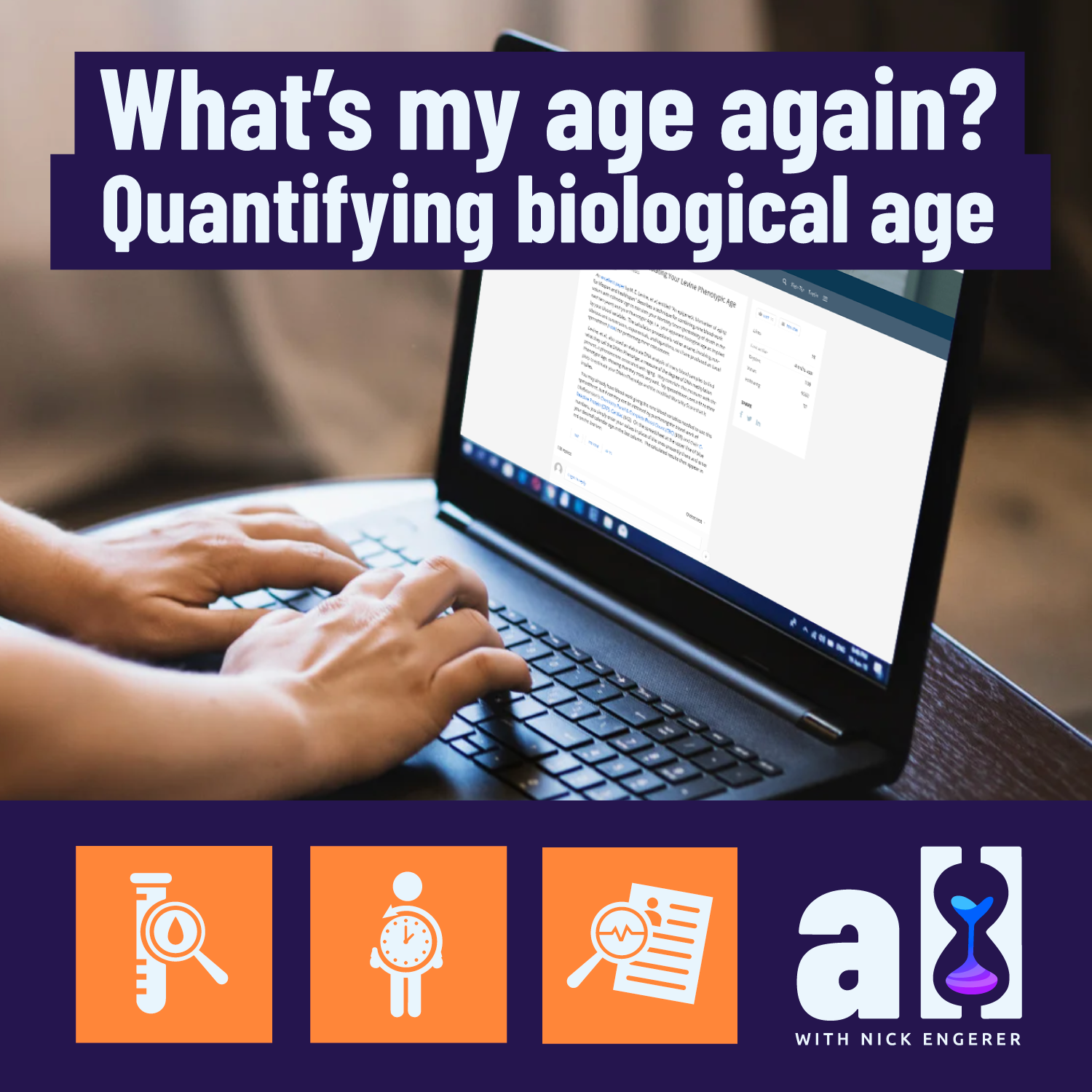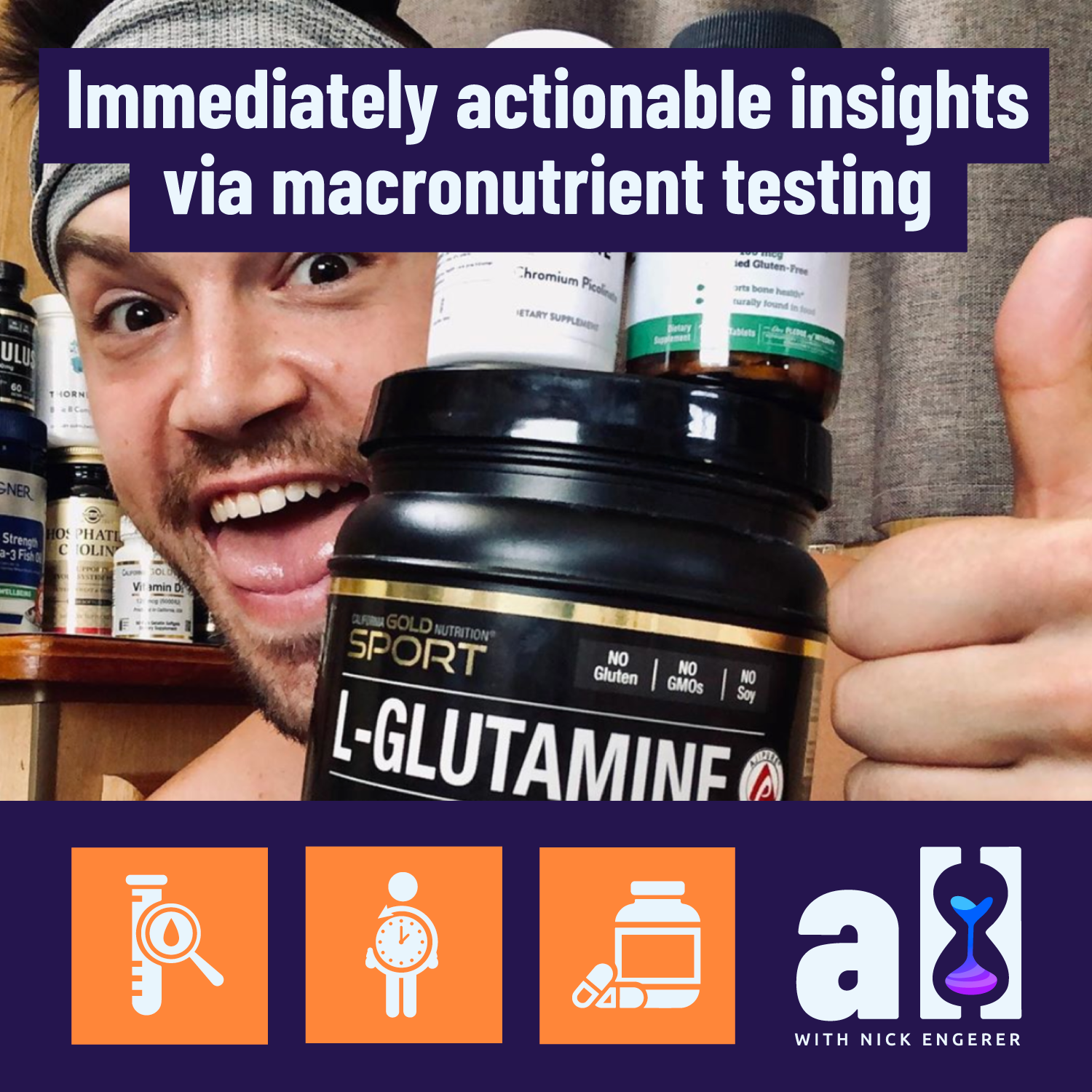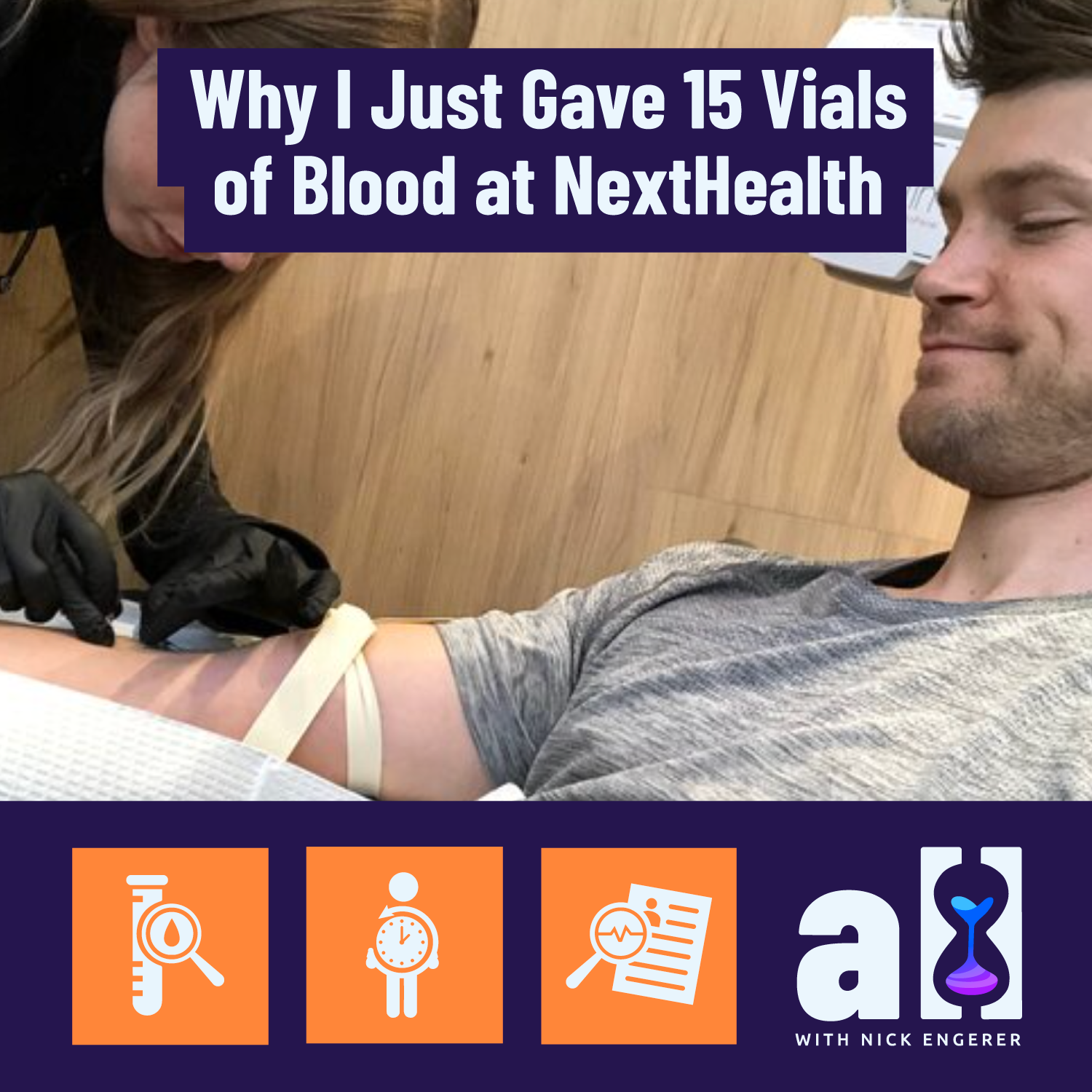
Boosting the immune system with IV therapy - Does it help?

Assessing the aesthetic age with advanced facial scanning technology

What's My Age Again? Quantifying Biological Age with Three Free Online Tools

Immediately actionable insights via micronutrient testing
Body composition data - Tracking lean muscle mass and fat over time


